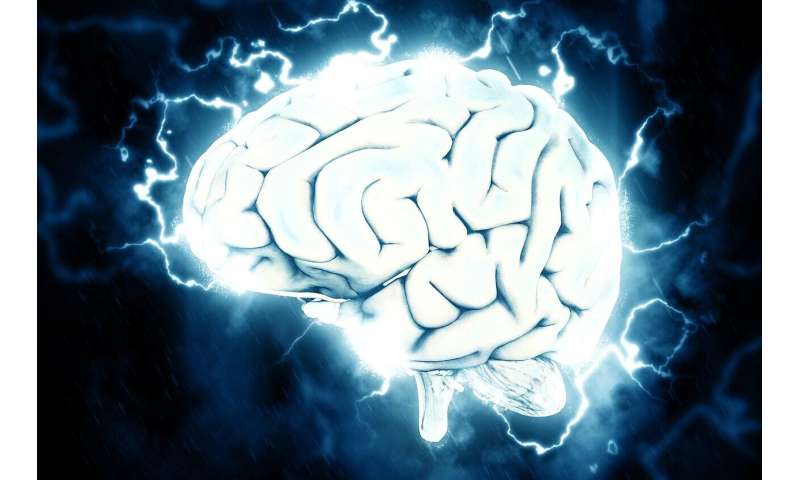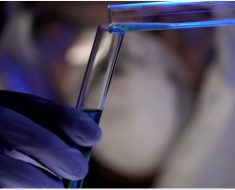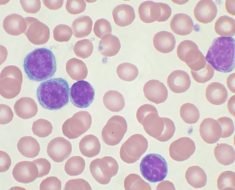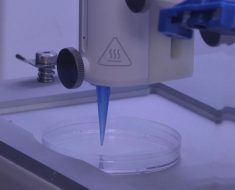
Researchers at the Aston Neuroscience Institute (ANI), Aston University, in Birmingham, UK have found differences in the brainwaves of autistic teenagers responsible for their visual perception, which could assist in earlier diagnosis and help inform how support is given to young people with Autism.
The researchers focused on sensory areas of the brain because a substantial number of people with autism report issues with processing incoming sensory information, often suffering from hypersensitivity, meaning that bright lights, loud sounds or crowded situations can be overwhelming.
The findings, which have been published in the journal Brain, found that different patterns of brain wave activity were triggered in teenagers diagnosed with autism spectrum disorder (ASD) compared to neurotypical teenagers when performing the same simple visual task.
The research team used Magnetoencephalography (MEG) at the Aston Brain Centre to look at brain activity within the visual system of 18 teenagers with a diagnosis of ASD and 18 teenagers without the diagnosis (aged between 14-20 years), specifically measuring brainwave activity in the visual cortex. MEG is an imaging technique that measures the small magnetic fields produced by neuronal activity in the brain.
It was found that so-called “alpha” brain waves were less connected from higher level to lower level brain regions in the autistic visual system. In addition brainwaves across a broader range of frequencies (gamma range) were ‘dysregulated’ in the autistic group, meaning they were not organized as efficiently over time and in synchrony with alpha waves.
There are around 700,000 autistic people in the UK—that’s more than 1 in 100 people—with approximately 33 percent estimated to have a learning disability, as well as 3-million carers and families (National Autistic Society). The findings of this study could in future allow for an alternative approach to early diagnosis of autism, offering a new perspective on the current understanding of how circuitry in the brain of an individual with ASD functions.
Robert Seymour, Aston Neuroscience Institute, Aston University said: “The results suggest that even during very basic sensory processing, there are differences in the pattern of brain waves between autistic individuals and their peers who do not have ASD. This is important, given that sensory symptoms were recently added to the condition’s diagnostic criteria.”
“Our results might also explain why over 90 percent of autistic individuals report atypical sensory responses to visual stimuli. These experiences are often described in terms of hyper-sensitivities, with more pronounced responses to certain stimuli which result in overwhelming and unpleasant sensations.”
Professor Klaus Kessler (project lead), Professor of Cognitive Neuroscience, Aston Neuroscience Institute said: “This research is just the beginning, we found an interesting link between brain connectivity and autistic symptoms, as measured via a questionnaire. This finding suggests that in the future, MEG brain scan could potentially aid clinicians as a tool for earlier ASD diagnosis. In addition our research could lead to interventions aimed at managing sensory issues in ASD. These might include brain stimulation techniques; and neuro-feedback training.”
The study was supported by a number of students, who also participated in the research, from schools and colleges in the Birmingham area such as Greenwood Academy, King Charles I School Autism Base and Queen Alexandra College, a specialist college for students above the age of sixteen with visual impairment, autism and other disabilities.
Patrick Redmond MEd (Autism), Support Services Manager, Queen Alexandra College said: “Queen Alexandra College has long recognized and catered for the many individual and atypical sensory needs of our autistic young adults. If not understood these can often be a barrier to participation in education and parts of wider society.
“We and some of our students were therefore very happy to help support the work of Aston University in this innovative and important exploration of the neurological links between autism and sensory processing. I hope that these findings will go on to inspire and inform further research into this fascinating field.”
The results provide promising insights into the potential neural underpinnings of ASD, but will need to be replicated and extended in the future. This would involve scanning younger children and adults, as well as using a wider range of visual experiments and include other modalities such as hearing.
The next stage of the research will be to broaden out the MEG scan tests to younger children under the age of 12 years old.
Robert Seymour, Aston Neuroscience Institute, Aston University added:
Source: Read Full Article





